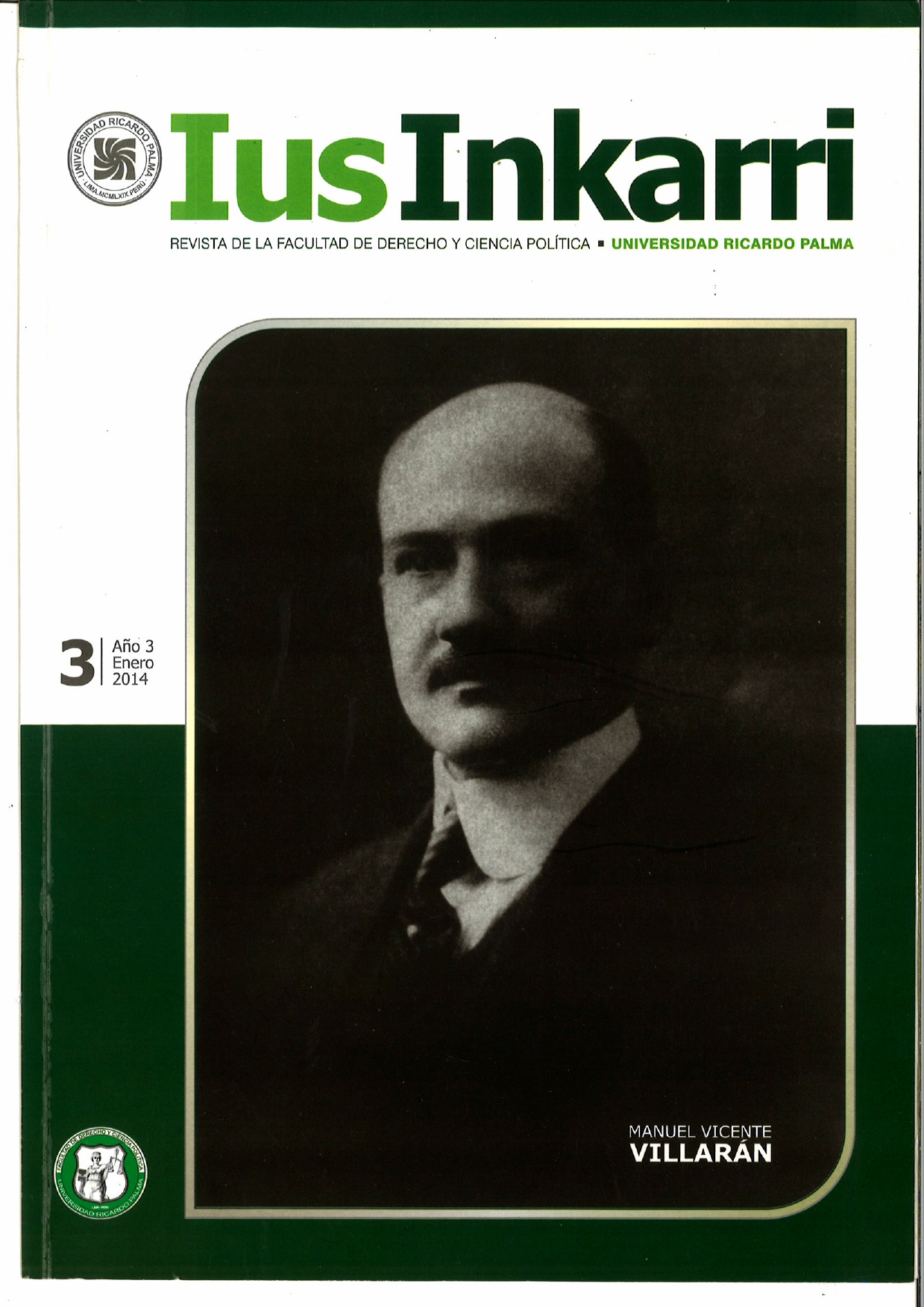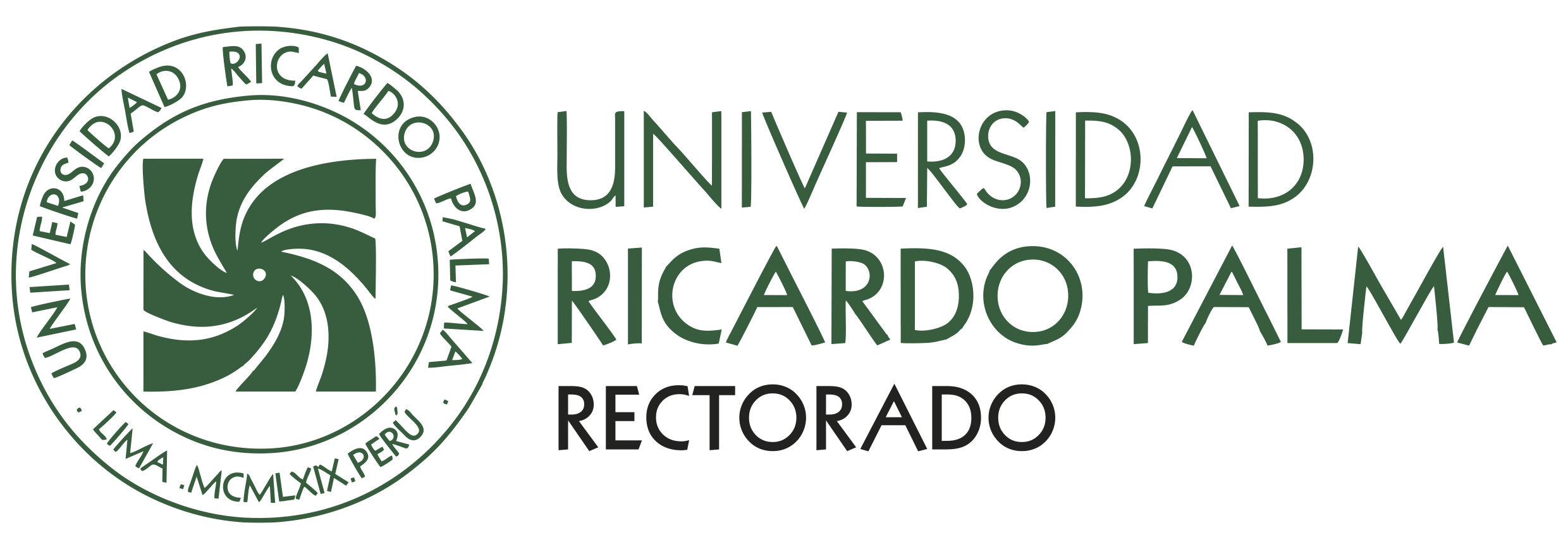Cadiz, an American constitution
DOI:
https://doi.org/10.31381/iusinkarri.vn3.4146Keywords:
constitution, liberalism, town, natives, equality, illustration, Liberty, sovereigntyAbstract
When Spain was invaded by Napoleon's troops fled and Fernando VII of Spain, he left a power vacuum in a vast territory that included both hemispheres: the Iberian Peninsula, America and the Philippines. In these circumstances, the May 22, 1810 the Board approved the calling of Cortes representative of the kingdoms of Spain, whose members would be elected on the basis of equal representation between American and Spanish. On September 24 of that year said Cortes met for the first time on the Island of San Fernando, virtually the only bastion that was not occupied by French troops. After nearly a year and a half of meetings and deliberations, the Constitution of Cádiz finally testing the March 14, 1812 and promulgated days after 19 March.
The Cortes opt for a liberal constitution that establishes a new type of regime, the constitutional monarchy. These are times of patriotic fervor, but also changes to government levels at that time as a constitutional wave looms as pointed out by the late Professor Francisco Tomas y Valiente who distinguishes three constitutional tendencies: the realistic trend, which proclaims the traditional Spanish thought natural law, which is also based on the important report in Defense of the Central Board, the great Spanish illustrated Gaspar Melchor de Jovellanos. A second trend is the liberal-bourgeois, which posited the principles of the French Assembly in 1789. Finally the trend "Creole", consisting of the American deputies, who wanted to get to the overseas territories and some self-government, especially trade recovery. One way or another, the city of Cadiz constitutional spirit that permeated not only because the Spaniards were present in the public debate, as stated in the daily sessions of the era, but also the city of baring witness gatherings that took place in typical social gatherings. It is also true that secret sessions took place, it was because of the sensitivity of the business to be like the case of the War of Independence, the Napoleonic invasion and the political situation of Fernando VII. Thus, both the Spanish and American society were imbued with the constitutional spirit of liberal constitutionalism trimmed modernity in many ways.
Downloads
Downloads
Published
How to Cite
Issue
Section
License
Copyright (c) 2021 Margott Páucar Espinoza

This work is licensed under a Creative Commons Attribution 4.0 International License.













